Photography equipment upgrades for 2016
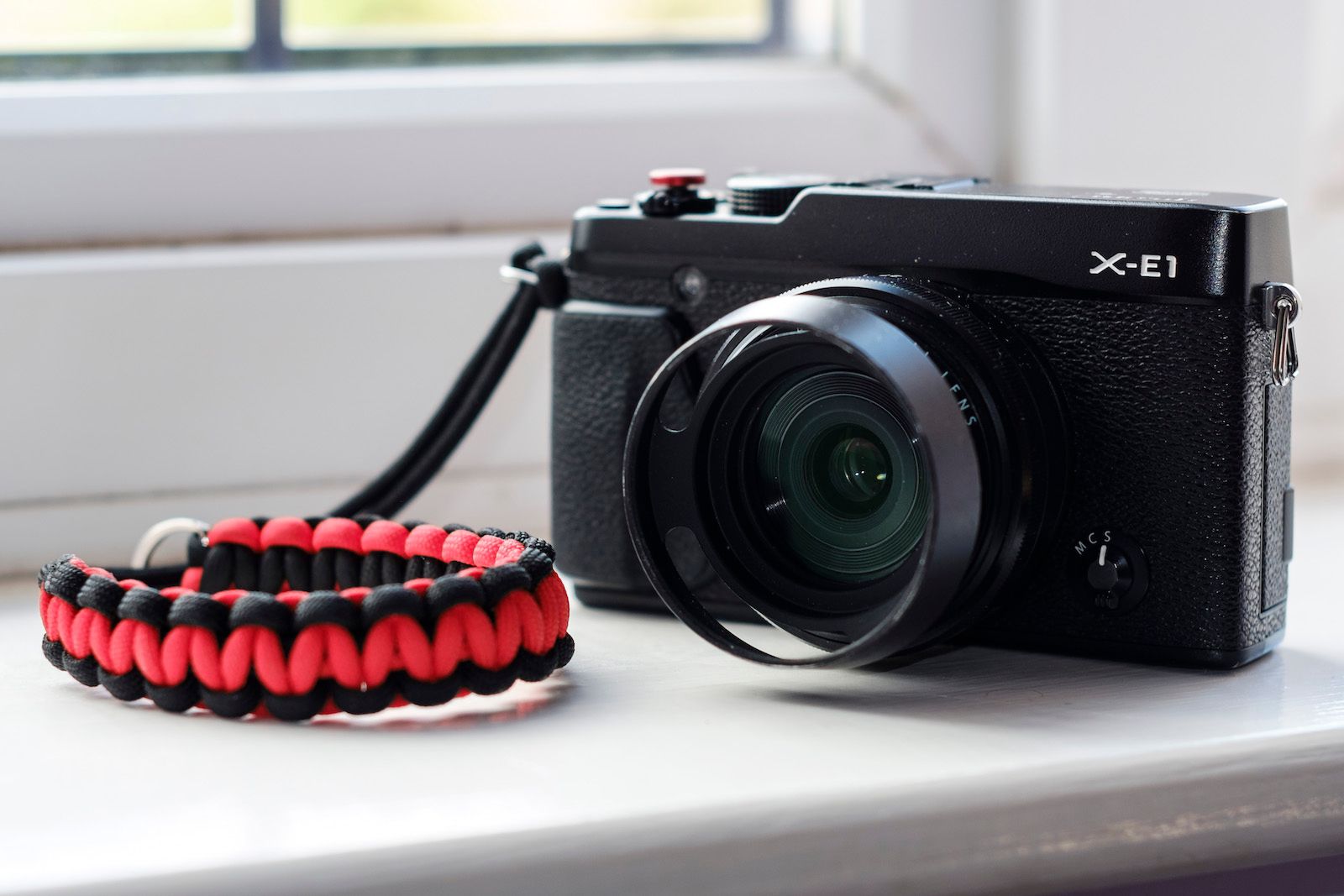
Photography is starting to play a more important role in my work, so I’ve invested in some better camera gear and I thought it was time I wrote a little about the equipment I’ve chosen for my outdoor adventures in 2016.
My path to the Fuji X system
A year ago, I was well into a six-month experiment in using an old 35mm Pentax SLR. The idea was to sharpen up my skills after years of using cheap compact cameras and camera phones, and to reset my photographic knowledge by forcing myself to do everything the old-fashioned way. The experiment worked. Although I ultimately decided to take another cheap compact on the Cape Wrath Trail due to weight concerns, I regret that decision now because my photographic output could have been much stronger, given my refreshed skills. It was an example of ‘stupid light’.1
I have written a number of magazine features on the CWT, but I’m well aware that my standard of photography from that trip was not up to the same standard as my writing. As soon as I figured this out, I started to take my mountain photography far more seriously. Pitch article ideas to magazines and the reply is often ‘yes, we’ll take this – so long as you can bring us some strong photography’.
Lesson learned!
Last year I wrote enthusiastically about the Fujifilm X30 fixed-lens camera, and while I did love using it, I realised that it wasn’t quite versatile enough for my needs – poor high-ISO performance, bad at astrophotography, and with several frustrating quirks in niche scenarios. Fine for most walkers and mountaineers, but my requirements had changed. I didn’t have to look far for the ideal replacement.
A grown-up camera
I’ve been shooting a used Fujifilm X-E1 for about six months now. This is not the latest and greatest mirrorless camera; it’s actually quite an old model, but the 16MP APS-C sensor is the same as the one found in several of Fuji’s current cameras, and it has all the features I need. The image quality is absolutely superb – an order of magnitude better than any other camera I’ve used, even in extremely low light.
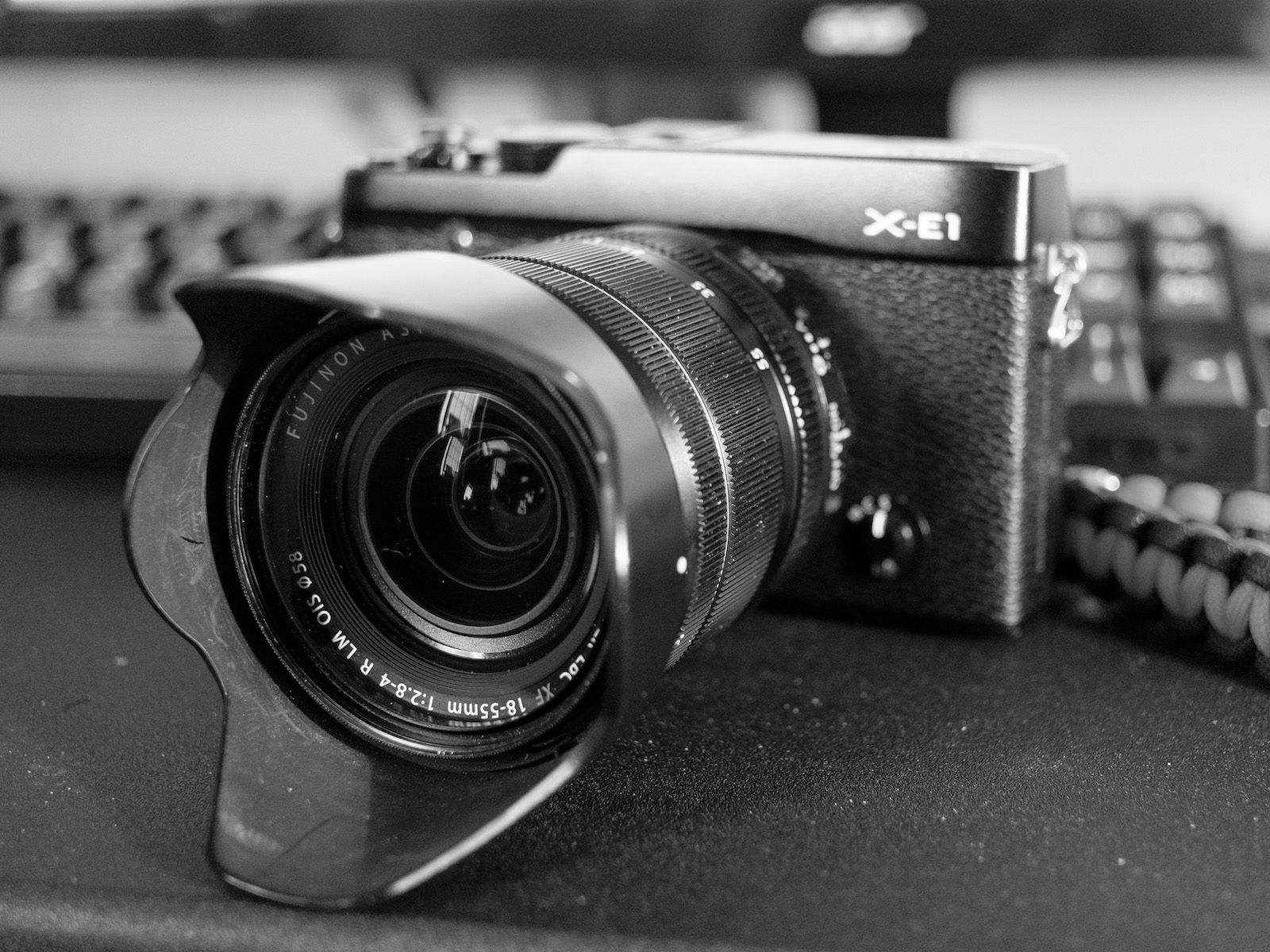
It came with Fuji’s 18-55mm f/2.8-f/4 lens. This is not your average ‘kit lens’. While it is rather heavy at 310g, it offers great image quality throughout its entire range, and an extra stop of aperture compared to typical cheap mid-range zooms. It’s also well-built, mainly from metal, and you get optical image stabilisation. I’ve been using this lens both on and off the hills for months and it’s a reliable workhorse.
I also bought the Fujinon 27mm f/2.8 pancake. This is a tiny lens that only weighs 77g, and it offers a ‘normal’ focal length in combination with very good image quality. I like normal lenses, and I like this one even more because it turns the X-E1 into a pocketable system. I’ve been using this as a general-purpose walkabout lens.
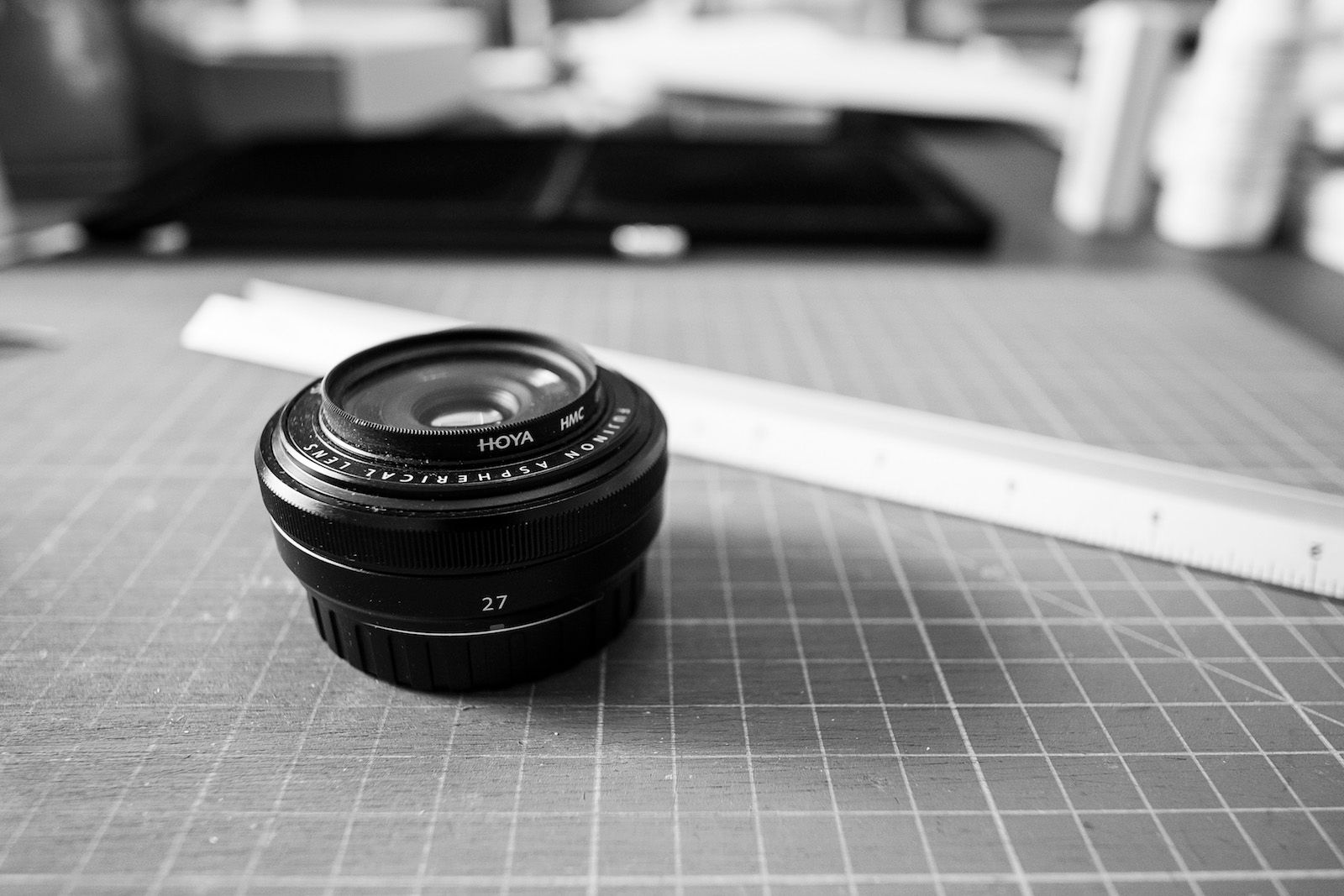
This setup of one body and two lenses has served me very well for six months, but looking ahead to bigger adventures I started to realise I needed a few additions.
New kit for 2016
I love astrophotography, but my current Fuji lenses aren’t that good at it. While f/2.8 is a usable aperture, these lenses don’t have real manual focusing rings – they’re just encoders that send instructions to an AF motor, which makes manual focusing an imprecise affair. Worse, it’s easy to focus beyond infinity. And for photos of starscapes at wide apertures you need to nail infinity focus.
It’s certainly possible to get great results with these lenses. For example, my recent photo of the aurora over Spean Bridge was taken with the 18-55. But I wanted something wider, and something easier to use for astrophotography.
After reading Chris Townsend’s impressions, I decided to buy the Samyang 12mm f/2.
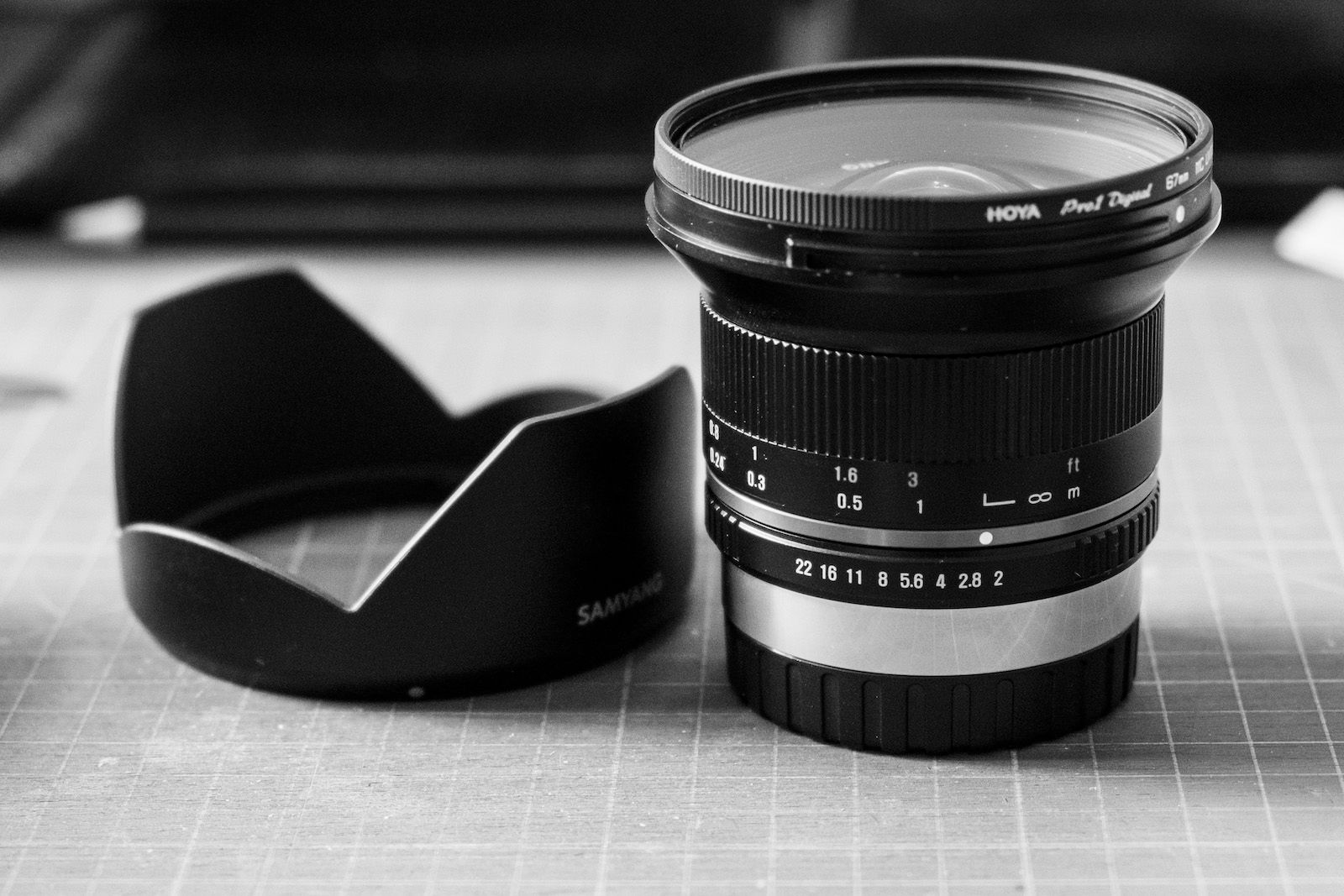
This is a slightly smaller and lighter lens than the 18-55, and it’s inexpensive, but you get a lot for your money. It’s sharp, has a real manual focusing ring and manual aperture ring (no electronics whatsoever!) and f/2 is wide enough for some serious astrophotography work. The 12mm focal length is a little crazy – I’m only just learning how to compose with it, quite a challenge for someone who likes 40-50mm equivalent focal lengths for general use.
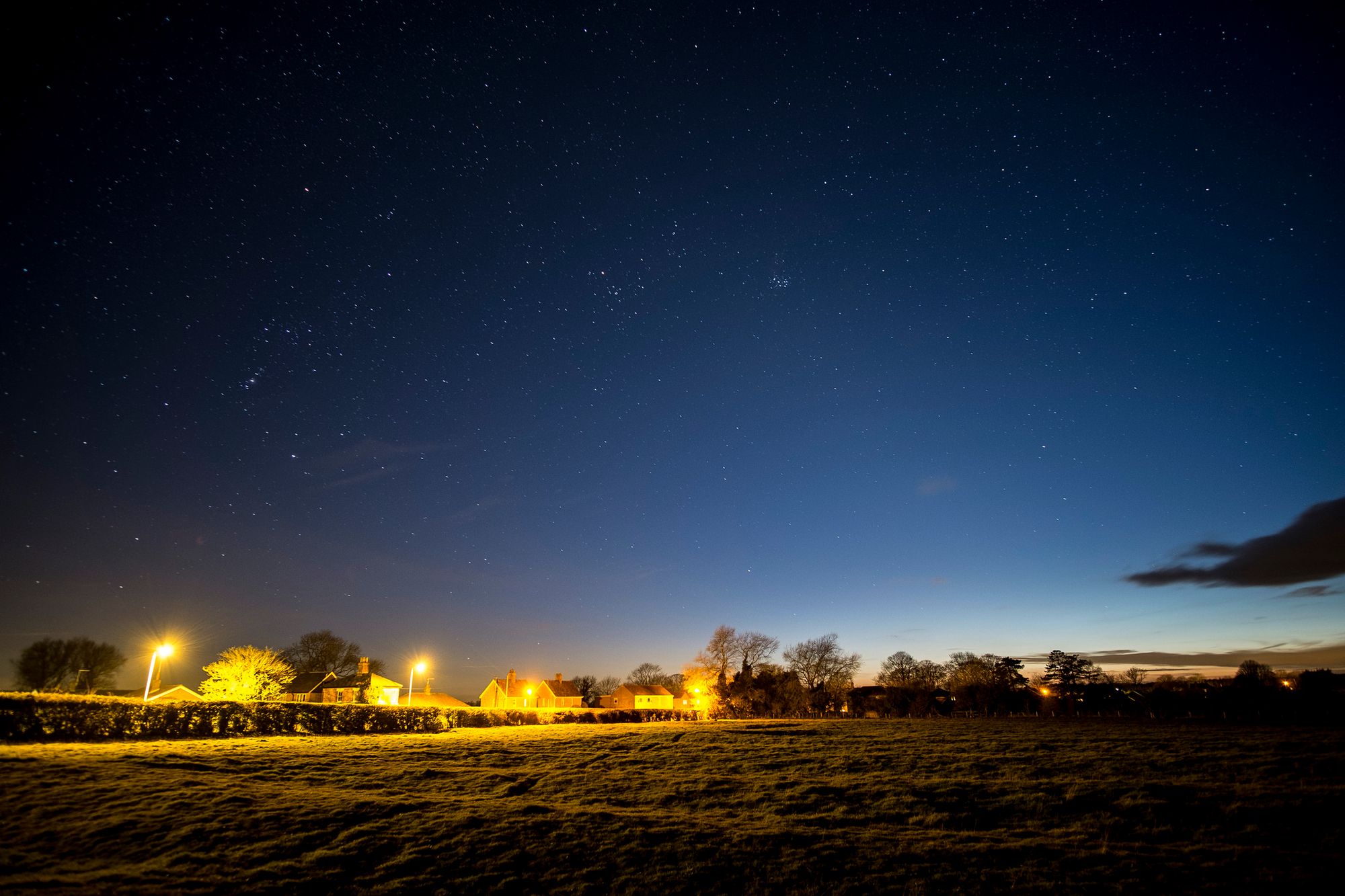
I anticipate that this will be a great lens for night photography, certain landscape shots, and especially ‘night landscapes’ including me, my tent, or both. I’m excited to get to grips with it on the hill.
Finally, now that photography is such a vital part of my outdoor work, I decided to invest in a second camera body as well.2 Fuji make a number of very compact, interchangeable-lens X-Series cameras; I chose the X-M1, again not the very newest and shiniest, but the best for my needs. It’s smaller than the X-E1 and 20g lighter. Although it does not have a viewfinder, it does have a tilting LCD which will come in handy from time to time (I missed the tilting LCD from my X30). There are other minor changes. It loses the traditional shutter-speed dial of the X-E1, replacing it with a conventional PASM dial instead; there is no electronic level or back focusing button; the exposure-compensation dial is replaced with a multi-function dial; and there’s no focus-mode switch, which is probably the feature I will miss most. On the other hand, the higher-resolution LCD makes focus peaking easier.
Despite these minor omissions, it has precisely the same sensor as the X-E1, takes the same batteries and lenses, and can do everything my main camera can do (although a few things might require delving into the menu).
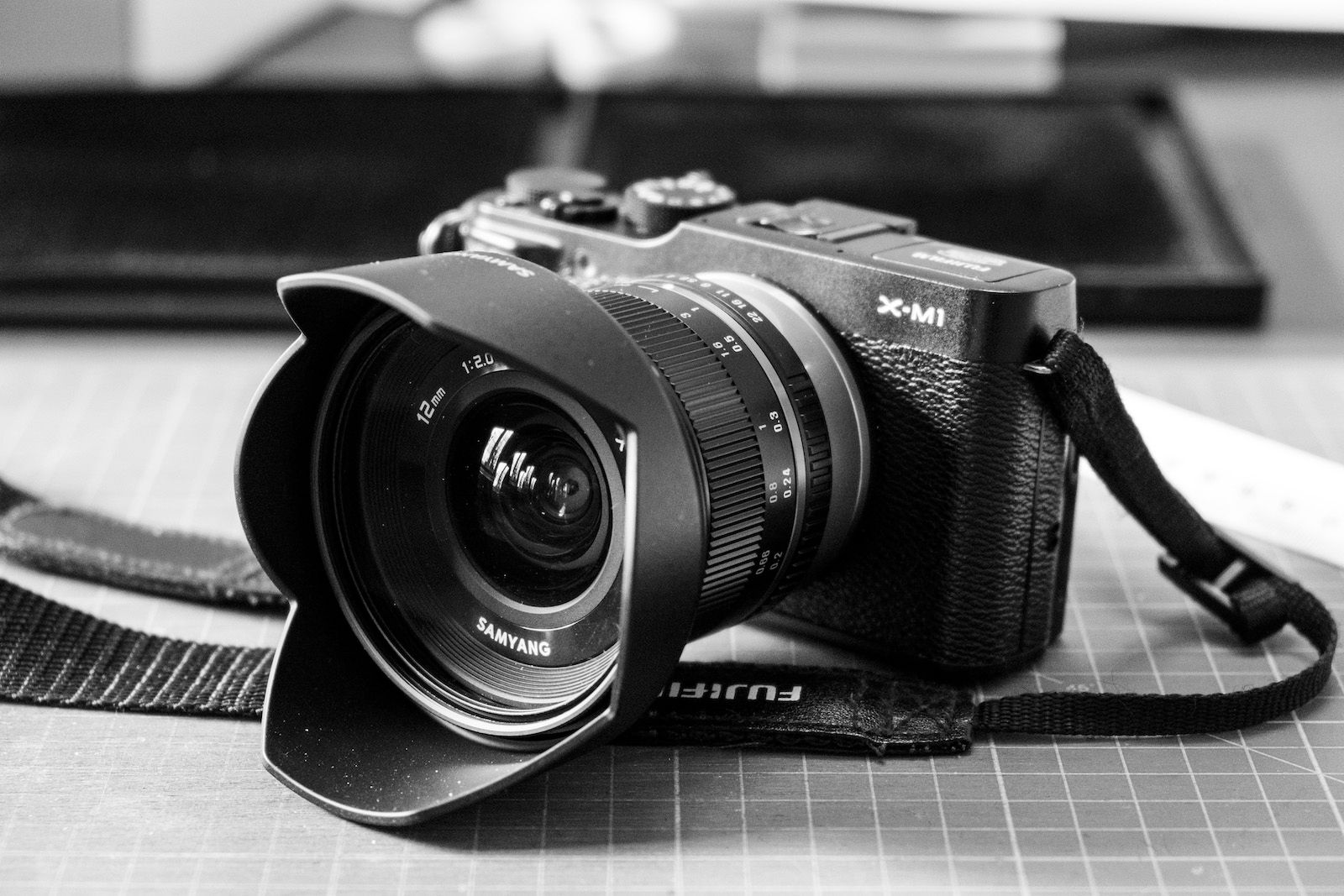
I’m still getting used to these new items of equipment. As someone who has only ever carried one small camera on the hill, it’ll take me a while to start thinking and feeling like a ‘proper photographer’ (if that’s even what I’m trying to be). But I have seen how much my photography has improved over the last 18 months. I have a lot to learn yet, but I’ve started to produce images I can be proud of, every now and again. When good photography can make the difference between getting paid for a trip and earning nothing at all, it makes sense to treat it just as seriously as I treat my writing. Cameras and lenses can fail; in carrying two of both on critical trips, I’ll be leaving nothing to chance and improving the quality of my photographic work.
It’s going to be a great year for outdoor adventures, and I look forward to telling my stories through both words and images.
Don’t forget, you can view more of my photography over at Instagram.
Alex Roddie Newsletter
Subscribe here to receive my occasional personal newsletter in your inbox. (For the fun stuff, please consider subscribing to Alpenglow Journal instead!)



